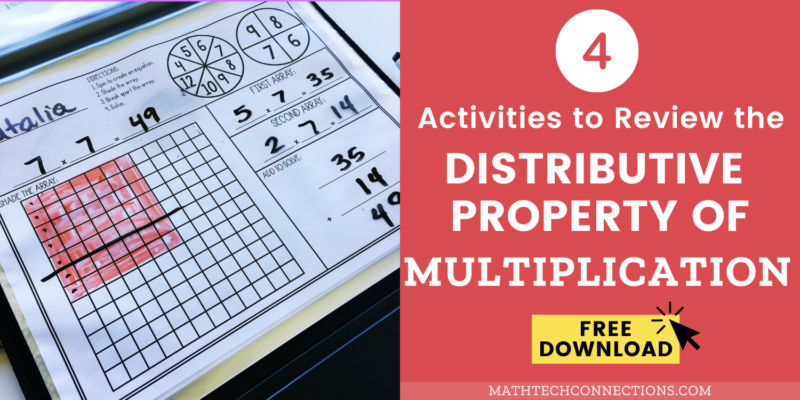
When we first introduce students to multiplication we use hands-on activities. Students practice…
- creating arrays with square tiles
- creating equal groups with counters
- writing repeated addition sentences
- drawing number lines and skip-counting
But what happens when students are asked to solve 7 x 7, 8 x 9, or 12 x 6? Sure. They could use one of the strategies listed above, but that would take them a very long time to solve.
This is when we start introducing students to more efficient strategies.
Why is the Distributive Property of Multiplication important?
Multiplication can be challenging for students. Some students are overwhelmed by a problem like 7 x 7 = ?.
Students can use the distributive property to break down a difficult equation into smaller, more manageable problems.
That 7 x 7 = ? equation doesn’t seem so difficult when it’s seen as (5 x 7) and (2 x 7).
1. Spin an Equation // A Free Math Activity
It’s important for students to first see what the property looks like. They aren’t just coming up with random facts. It is still the same array. They simply break apart the array. Solve the simpler problems, and combine to find the answer.
Place the worksheet pictured in a sheet protector and have students practice breaking apart math facts.
2. Distributive Property of Multiplication Freebie
Here’s another activity you can use with your students. Again, it’s important for students to see that they are breaking apart the array into smaller, more manageable problems.
I found it a great idea to use markers, crayons, or highlighters to show how students broke apart the array. See picture below.
Already a subscriber? Visit the resource library!
3. Review during Math Centers
It’s important to give students several opportunities to practice the strategies you’ve taught. The following set includes 3 math games that review the properties of multiplication.
- Clip Cards
- Matching Game
- Math Sort
Add these math games to your math centers for the week. You will find that it’s easy for students to keep up with these math games, because students have to keep up with only one recording sheet!
Click the image to view the resource.
I currently have math centers available for third, fourth, and fifth grade.
4. Review using Digital, Interactive Math Slides
After students have practiced breaking apart arrays using pencil and paper, they should move on to digital practice.
These digital slides are made specifically to review third, fourth, and fifth grade math standards. Students will review math standards AND computer skills such as..
- copy & paste
- drag & drop
- inserting shapes
- drawing lines
- entering text & more!
The video below shows a quick overview of this resource.
Already a subscriber? Visit the resource library!




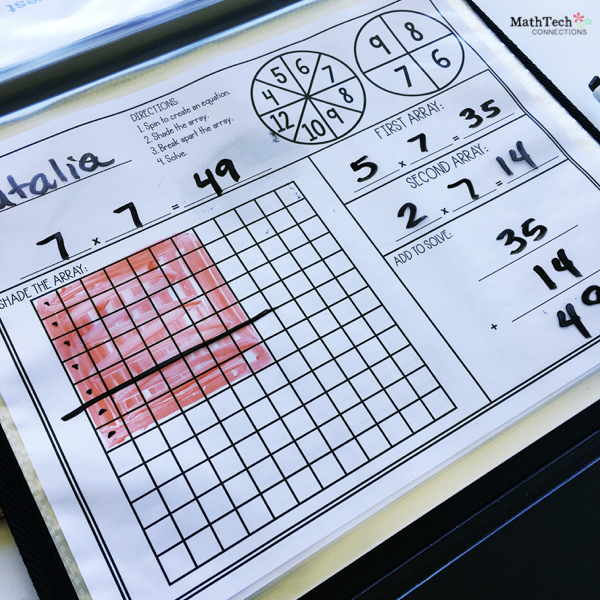
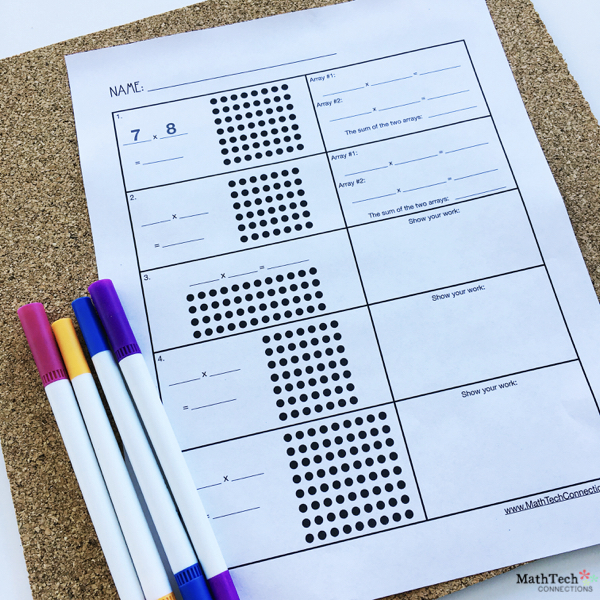


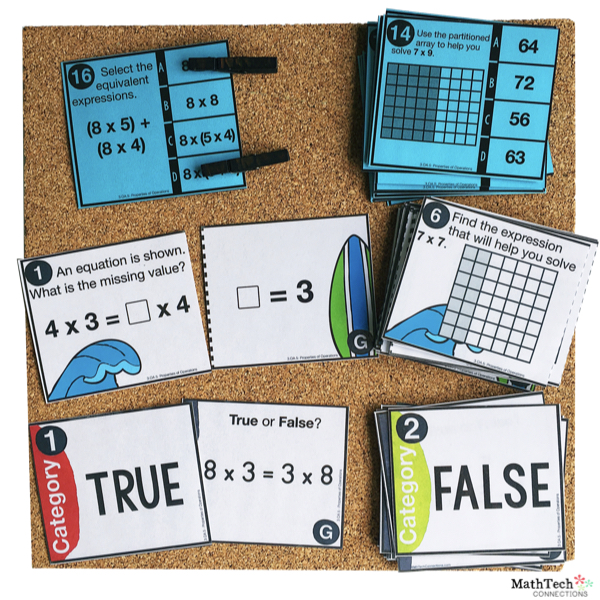
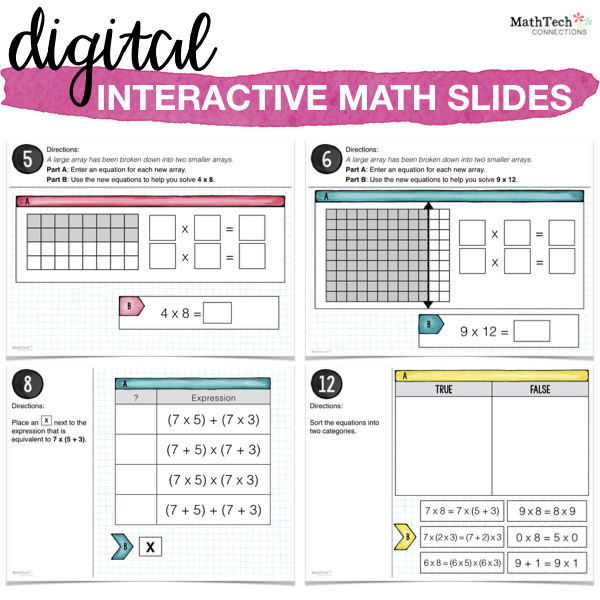
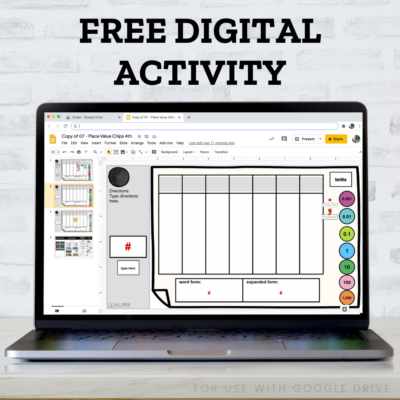



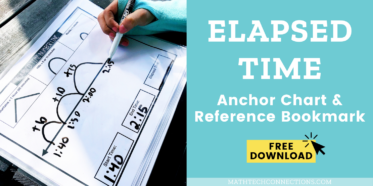

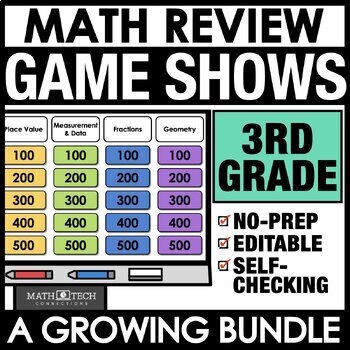
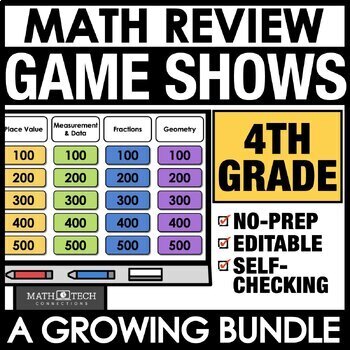
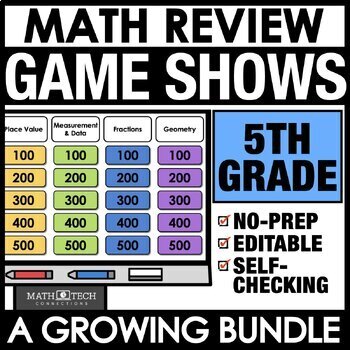

I want the distributaries property activities. The two worksheets. Can’t find them.
I would like the distributaries property activities. Thank you. Wendy